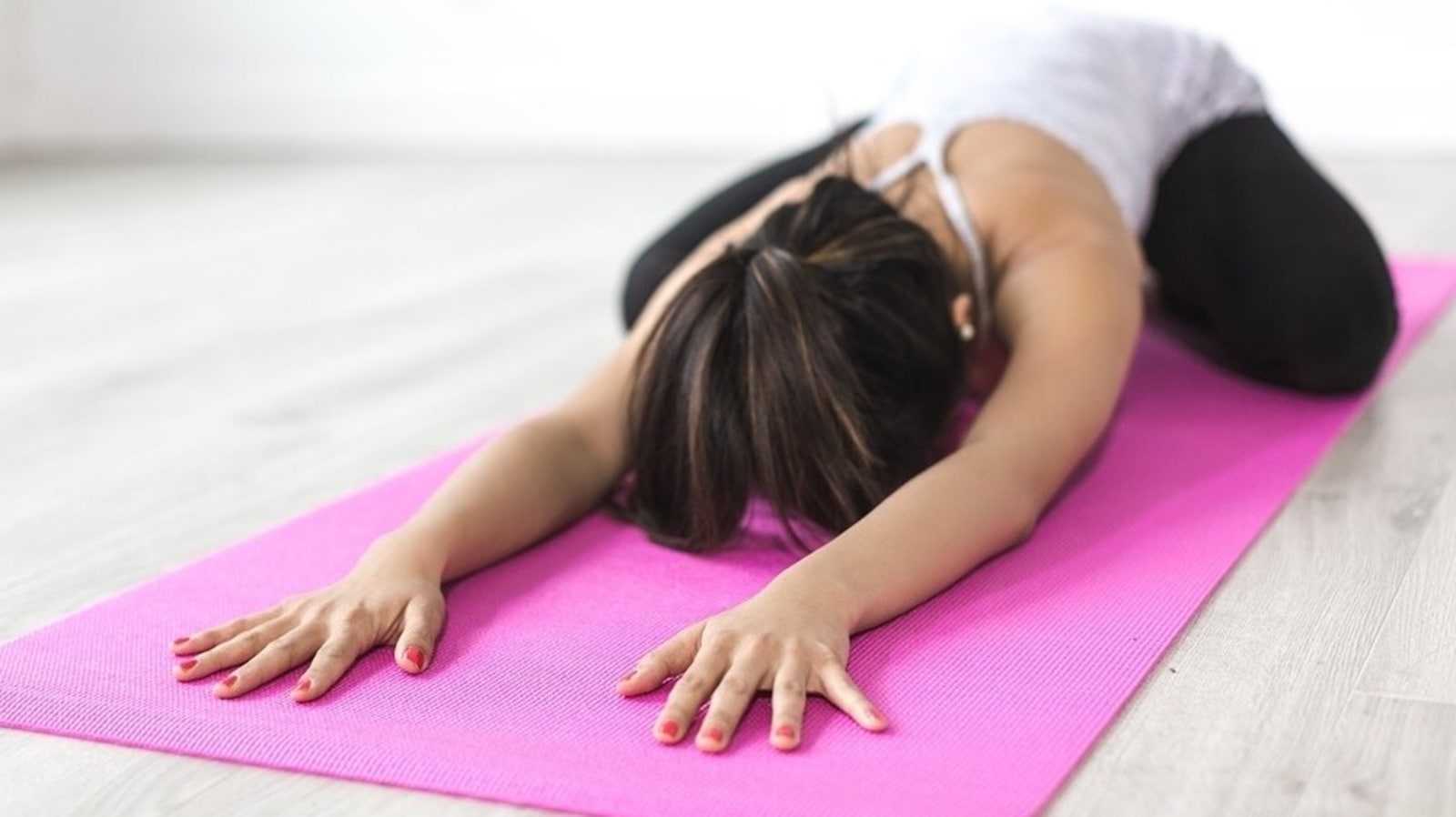
Diabetes, a metabolic disorder, must be managed effectively to prevent the risk of various diseases such as heart problems, stroke, kidney problems, lower leg amputation, blindness, and so on. Apart from medication, patients are advised to lose weight by modifying their dietary habits by incorporating low GI (glycemic index) foods into their diet, doing yoga and other exercises to control their blood sugar level.
Although type 1 diabetes occurs when the body stops producing insulin as a result of the autoimmune response, in type 2 diabetes, more common in people, insulin resistance develops due to which sugar remains in the blood, instead of being used by the body and leads to many health problems.
Several studies have established the effectiveness of yoga in lowering blood glucose levels in patients with type 2 diabetes.
READ ALSO: Try these simple breathing exercises to burn belly fat
There are certain yogas that can help activate the pancreas, the organ that produces insulin. The great master Akshar, yoga guru, suggests five asanas to control diabetes.
1. Marjariasana
To do Urdhva Mukhi Marjari Asana, get on your knees, place your palms under your shoulders and knees under your hips, and then inhale, bend your spine to look up. For Adho Mukhi Marjari Asana, exhale, wrap around his back and drop his chin to his chest. Focus on the navel region.
2. Paschimottanasana
Also known as forward sitting flexion, start the asana by stretching your legs forward while making sure your knees are slightly bent. Raise your arms up and keep your spine erect. Exhale and bend forward at the hip, placing your upper body on your lower body. Try to grab your big toes with your fingers.

Pregnant women should refrain from practicing this asana. Also those who suffer from slipping discs, sciatica or asthma should avoid doing so apart from ulcer patients.
3. Adomukhi Svanasana
Also known as Downward Dog, start this four-legged asana and make sure your palms are under your shoulders and your knees below your hips. Lift your hips, stretch your knees and elbows, and form your body in an inverted “V” shape. Now keep your hands shoulder-width apart. Keep your eye focused on your big toes.

This asana should not be performed if you suffer from carpal tunnel syndrome and / or diarrhea. Also avoid this asana in advanced stages of pregnancy. If you have high blood pressure or a headache, go slowly and in case of chronic or recent injuries to your arms, hips, shoulders and back, this asana should be avoided.
4. Answer
It is also known as Child’s Pose. To perform this asana, kneel on the mat and sit on your heels. Inhale and raise your arms above your head, exhale and bend your upper body forward. Place your forehead on the floor resting your pelvis on your heels. Make sure your back is not tilted.
5. Manduka Asana
Another name for this asana is Frog Pose. Begin this asana by sitting in Vajrasana and extending your arms in front of you. Bend your thumbs into your palms, wrap your remaining four fingers in them, and run your fist over them. Bend your arms at your elbows, place your fists with balls on your navel. Bend your upper body and place it over your lower body. Pull your neck and focus your gaze forward.
Pregnant women should refrain from practicing this asana. Those who suffer from ankle pain or have recently undergone an ankle injury / surgery / ligaments should avoid this asana. In case of ulcer problems, this asana should be avoided. In case of pain or injury to the knees or back, refrain from performing this asana.
“Practicing regularly holding each posture for 30 seconds and repeating for 3 sets. Postures like Half-Fish Pose (Ardha Matsyendrasana), Paschimottanasana, Adomukhisvanasana, Vajrasana, etc. can be very helpful in preventing and treating diabetes. Practicing these asanas a lot. slowly with awareness about your breathing, ”says Grand Master Akshar.
Follow more stories at Facebook & Twitter